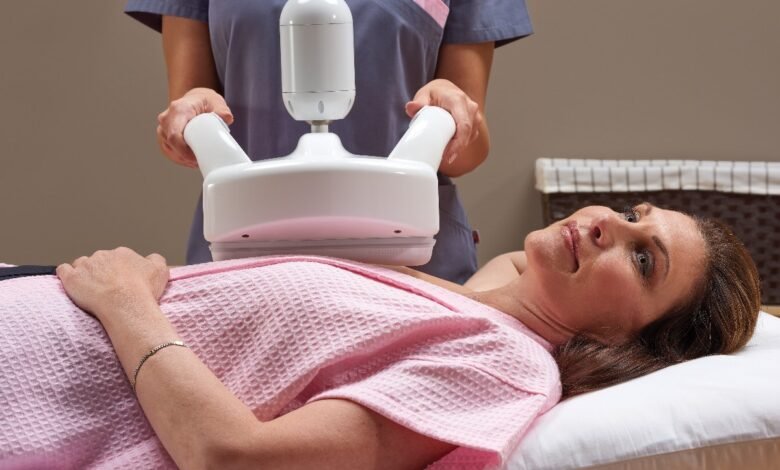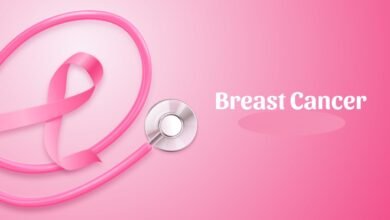What Makes Breast Cancer Screening More Reliable And Accurate?

How to make breast cancer screening more reliable and accurate? The screening for breast cancer is still advancing. Modern mammography equipment allows for earlier, more reliable, and more precise cancer diagnosis. And 3D mammography, commonly known as digital breast tomosynthesis (DBT), is quickly becoming the gold standard in mammography.
Only 69% of women over the age of 40 had a mammogram in the previous two years, though. The purpose of mammograms, according to Dr. Anastasia Cruz, a diagnostic radiologist connected to Sharp Chula Vista Medical Center, is to find cancer in its earliest stages, when therapy is most beneficial and safest.
According to Dr. Cruz, some risk factors increase a woman’s lifetime chance of breast cancer. But 75% of people who are diagnosed with breast cancer have no known risk factor.
Due to this, routine breast cancer screening is essential. According to Dr. Cruz, annual screening mammography should start at age 40.
Dr. Cruz asks the following five questions about getting a mammogram:
Read More: Males And Breast Cancer?
-
What other Innovations Have Been Made In Mammography Technology?
DBT, commonly referred to as 3D Mammo quickly became the new benchmark for mammography. To create a sharper view of the breast by decreasing overlapping breast tissue and adding detail that might be missed on conventional 2D mammograms, a sequence of photos at various angles is obtained while the breast is compressed (pressure is applied to flatten the breast tissue).
-
What Advantages Does 3D Mammography Offer?
According to research, 3D mammography lead to less requests for follow-up photos after a screening mammogram. Additionally, the likelihood of identifying cancer is improved and the detection of smaller tumours is raised when there are multiple cancerous sites present.
All women, regardless of the density of their breast tissue, can benefit from these advantages. But in women with thick breasts, where there is more dense breast tissue to overlap on conventional 2D imaging, these traits are extremely important.
-
What Is The Normal Duration Of A Mammogram?
It is possible to acquire a total of four photos by compressing each breath view’s compression takes between 5 and 40 seconds. To spread out the breast tissue and view fine details, compression is crucial.
-
Why Should Your Screening Mammography Not Be Postponed?
Mammograms are a fantastic screening technique for finding malignancies early on before they are palpable during breast self-examinations. This makes it possible to catch cancer at an earlier stage when it has a better chance of being treated. Breast cancer is highly treatable if discovered early. In actuality, 98% of breast cancer patients survive if the disease is found early.
Read More: 4 Best Reasons to Become a Mental Health Counselor
-
How Can You Get The Most Comfort Out Of Your Mammogram?
Throughout the examination, be sure to interact with your technologist. If you have any physical limitations, such as a frozen shoulder or restricted mobility, please explain.
To acquire high-quality photos and detect tiny discoveries, compression is crucial. The technologist can gradually increase the compression to a degree you can bear. Try to keep in mind that compression will only persist for a few seconds.
Dr. Cruz advises against delaying your mammogram just because you don’t feel abnormal or have a family history of the disease. Mammography can detect cancer when it is tiny, curable, and in its early stages.








One Comment